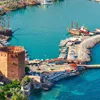Located very close to Damlataş Cave and Cleopatra beach, the museum is in the very center of the city.
Located very close to Damlataş Cave and Cleopatra beach, the museum is in the very center of the city. It is possible to see valuable historical ruins from the past to the present in the Alanya Archeology Museum, where the historical riches of the region are exhibited.

The museum was opened in 1967 with artifacts from the Bronze Age, Urartian, Phrygian and Lydian periods brought from the Museum of Anatolian Civilizations in Ankara. Later, the museum was expanded and enriched with the artifacts from the excavations in the region. The museum has archeology and ethnography departments. The oldest dated artifact found around Alanya in the archeology department, dates back to BC. It is a Phoenician stone inscription from 625. The most important work of the museum is the statue of Heracles, which has a dramatic story in mythology. The bronze cast Heracles statue, dated to the 2nd century after Christ, is exhibited in a separate hall.
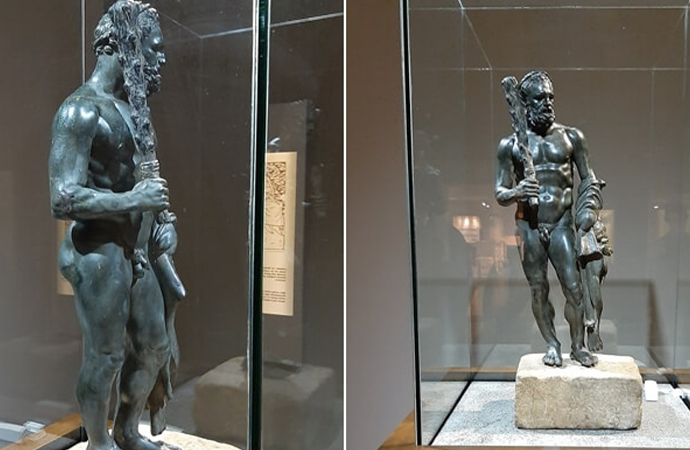
Alanya Archaeological Museum has a rich collection of ash boxes and coins with bronze, marble, terracotta, glass and mosaic finds from the Archaic, Classical, Hellenistic, Roman and Byzantine periods. In addition to these, there are also Turkish-Islamic works belonging to the Seljuk and Ottoman periods.
In the ethnography section, objects such as nomadic rugs, Alaçuvals, saddlebags, clothes, embroidery samples, weapons, daily use vessels, jewelry, manuscripts and writing sets, which reflect the folkloric characteristics of the region and which are collected from the surrounding of Alanya, and a daily room belonging to an old Alanya house are exhibited. In addition, there are stone works belonging to Roman, Byzantine and Islamic periods in the garden of the museum.

In addition to the closed area of the museum, many works such as sarcophagus and ostotek can be seen in the garden at the entrance. For those who want to visit the museum, the Museum Card procedure is valid as the museum is affiliated to the Ministry of Culture and Tourism.
From the garden at the entrance of the museum, it has an atmosphere that will take you deep into history. You can start your tour of the museum from the garden section. You will see the sarcophagi in the garden of the museum. After seeing a few simple sarcophagi with garlands and Medusa head ornaments, you will see the materials used in the production of olive oil in the garden in ancient times. As you continue to tour the Garden, you will see column capitals, decorated friezes, and you will have the opportunity to see sarcophagus-like but smaller ostothets. Ostotheques are tomb-like structures made of limestone that can be found easily in the region where the ashes of the deceased are placed and sealed after they are cremated. By making such tomb-like structures, they show their respect to the deceased.
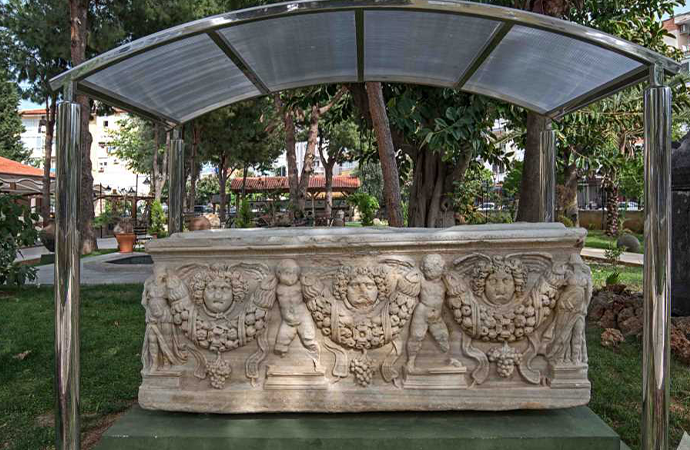
As you continue from the garden and go inside, you will be surprised and amazed when you see these historical artifacts that have existed for thousands of years. In this geography, which has hosted many nations from the past to the present, historical artifacts from every nation are found through excavations and exhibited in this museum. The museum in Alanya will make you travel in history like a time machine. It is a place where those who are interested in history can visit for hours. Thousands of years ago, people lived on the lands you are walking on, and we recommend that you visit the museum where the remains of these people's lives are kept and see these artifacts that have survived for thousands of years.

Translated by Google Translate



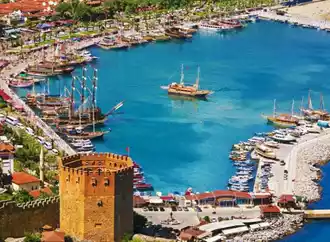
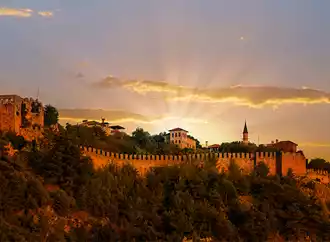
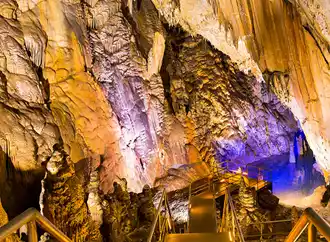

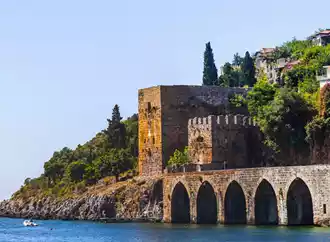


.webp)

.webp)








